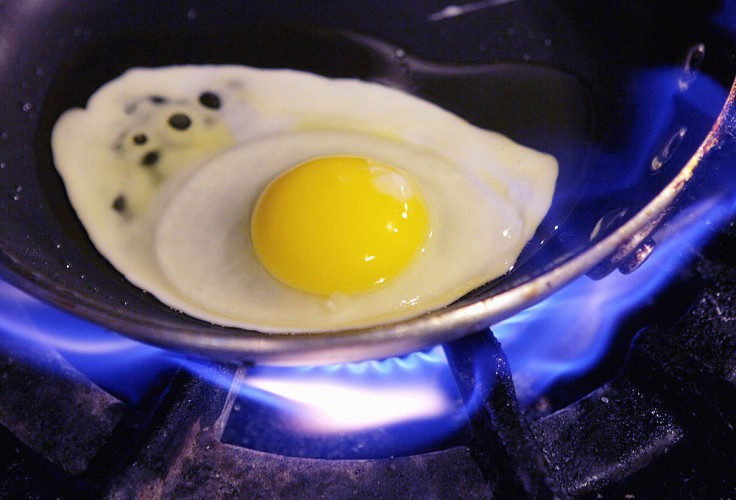
A mysterious salmonella outbreak has been discovered across 29 states in America, prompting the Centers for Disease Control and Prevention (CDC) to reiterate the guidelines against contamination and prevent salmonella in kids.
Some 26 victims of salmonella poisoning, among the 279 reported cases as of September 21, are now at the hospital. Though no one has died from the outbreak, the CDC said they are still investigating what specific food item has triggered the spread.
The agency said that most victims of salmonella poisoning experience symptoms like diarrhea, fever, and stomach ache within six hours to six days of the infection. While most people will recover without treatment within the week, salmonella in kids, especially those under five years old, may lead to severe illnesses.
Protecting Against Salmonella
The experts said that careful food preparation and storage could easily protect families and kids against salmonella poisoning. Any perishable food item should be stored well in the freezer or refrigerator, while raw food to be cooked must be rinsed and prepared using clean utensils on a clean kitchen surface.
Leftovers must be placed in the refrigerator within two hours after it has been served. On a hot day, it must be stored and chilled promptly to reduce the chances of spoiling. Ditch any food that smells oddly funny or doesn't look edible, as these are most likely contaminated.
Parents who feed eggs to their children must ensure that it's handled carefully as salmonella bacteria may contaminate even the disinfected and intact varieties, per Johns Hopkins Medicine. As much as possible, avoid feeding runny yolks or raw food ingredients like salad dressing or homemade ice cream to younger children as their bodies might not be able to process these efficiently.
But salmonella bacteria may also be present in animal poop. If the kids have pets, the parents need to make sure that they wash their hands regularly, especially after playing or touching the animals.
Children as young as two years old should also be taught to follow good hygiene habits like washing their hands after using the bathroom. According to the experts, washing with soap and water is very effective in getting rid of the bacteria that will make children sick.
Treating Salmonella in Kids
Victims of salmonella poisoning develop worse symptoms if their immunity is weak, as in small children. Fortunately, some antibiotics can fight the bacteria, especially if the sickness has been diagnosed early, and there are also anti-diarrhea medicines for stomach issues.
However, the biggest concern for salmonella in kids is dehydration due to diarrhea. To prevent this, the University of Michigan Children's Hospital recommends regularly drinking Pedialyte or a rehydration drink if the child is frequently passing stool or vomiting. Avoid giving children soda or processed fruit juices to rehydrate as these contain more sugar than electrolytes.
The CDC said that salmonella poisoning occurs in about 1.35 million individuals in a given year. It can lead to more than 25,000 hospitalization and less than 450 deaths.